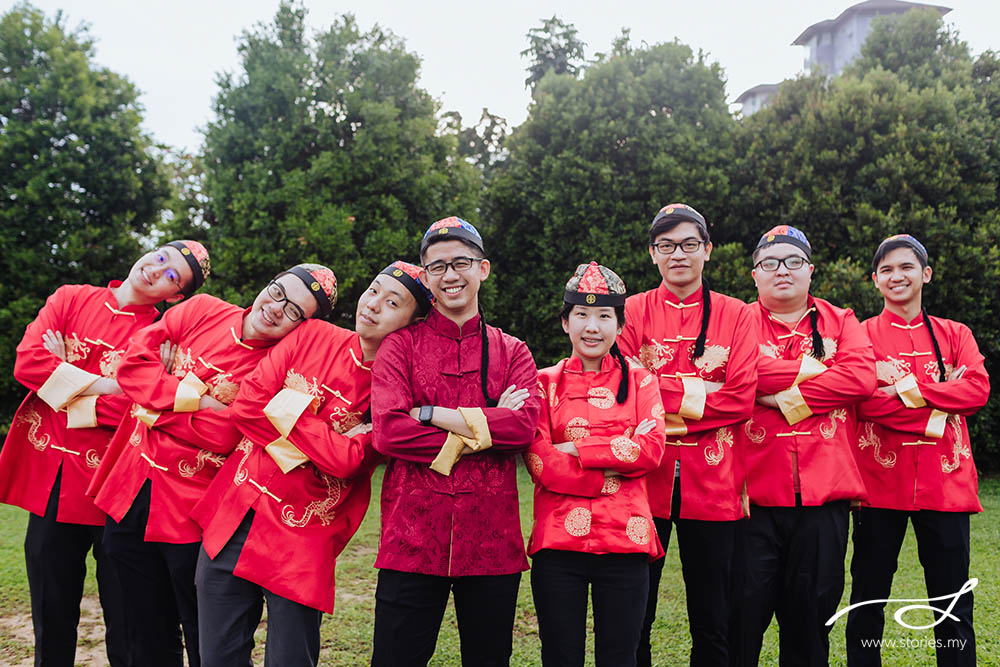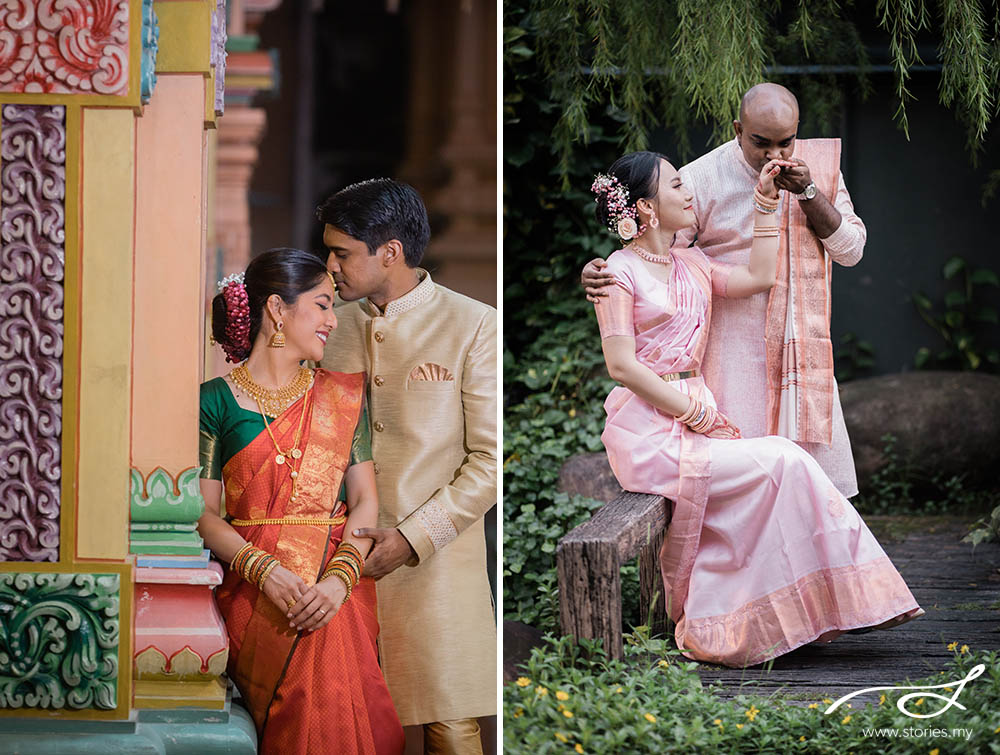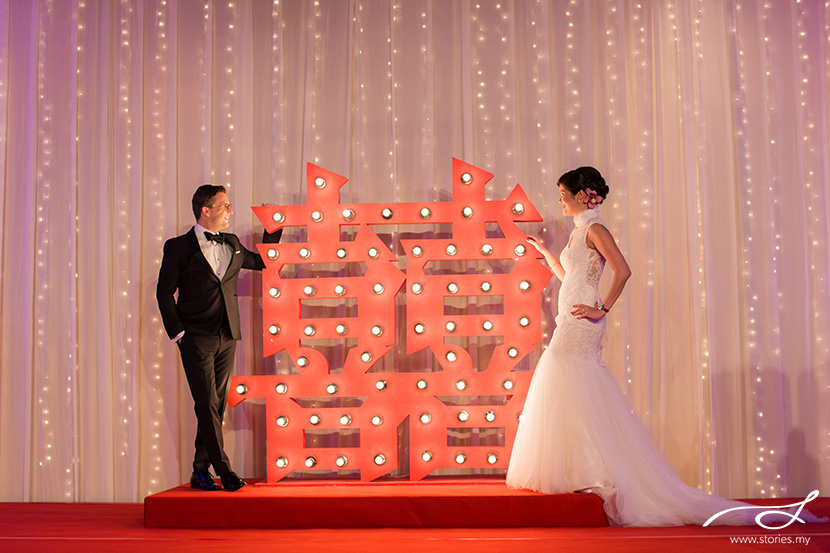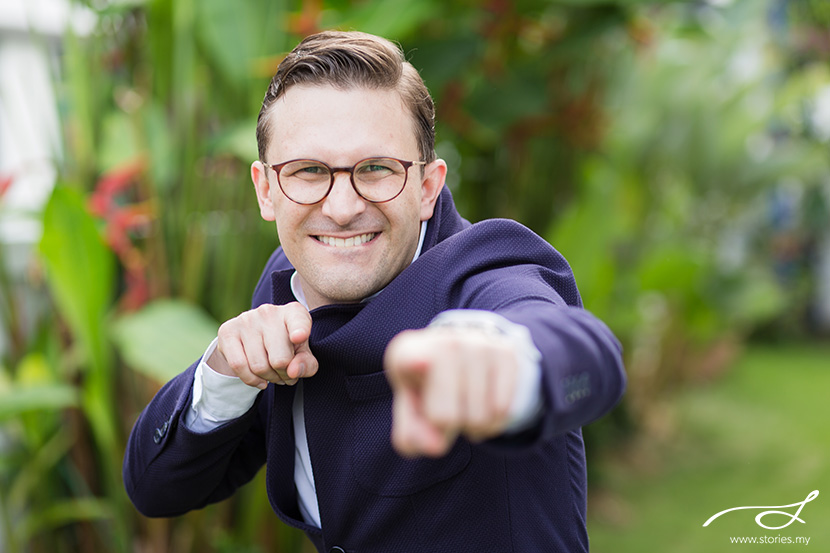The traditional Chinese wedding garment “Kua” has been rather popular among young couples these days. Here is some information about this traditional garment – the significance and the meaning of this timeless and elegant garment for brides.
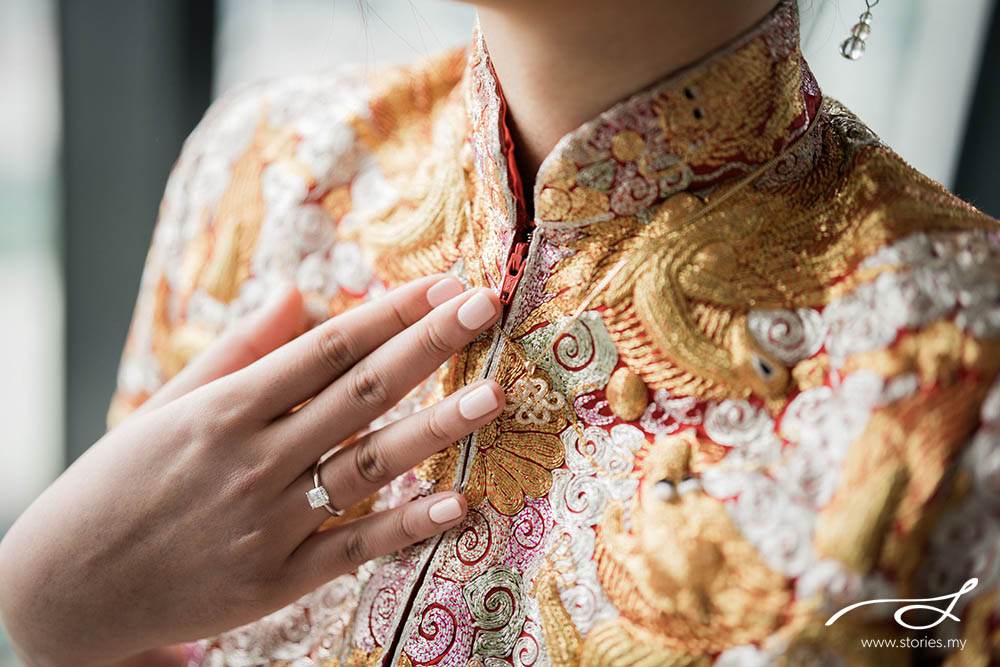
The traditional Chinese wedding ceremonial garb is known as the Qun Kua (裙褂). Unlike the white bridal gown, which follows fashion trends, the Chinese Qun Kua is timeless. This is because white bridal gown’s design changes over time, based on the current fashion styles and trends, while the Qun Kua remains pretty much the same over the years, since it was first introduced in the 1950s.
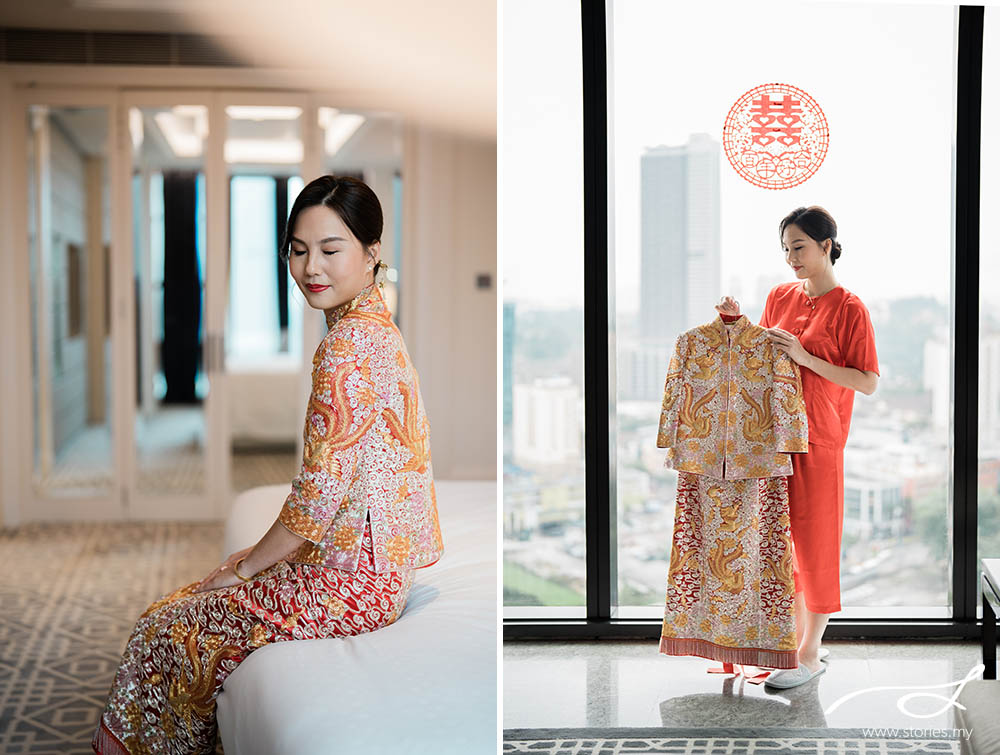
These days, the term “Kua” is being used to refer to the garb as an entire garment. However, the “Qun” actually refers to the skirt, which is the bottom piece, and the “Kua” refers to the top piece, known as the jacket. The top piece is a zipped jacket and the sleeves are three quarter lengths in order to display the gold bangles and bracelets that would traditionally be gifted to the bride by her family and in-laws. The bottom piece is a straight-cut long skirt in loose fit. The skirt symbolizes fertility because it is open and signals that children will issue forth, which is why trousers can never be worn to replace the skirt.
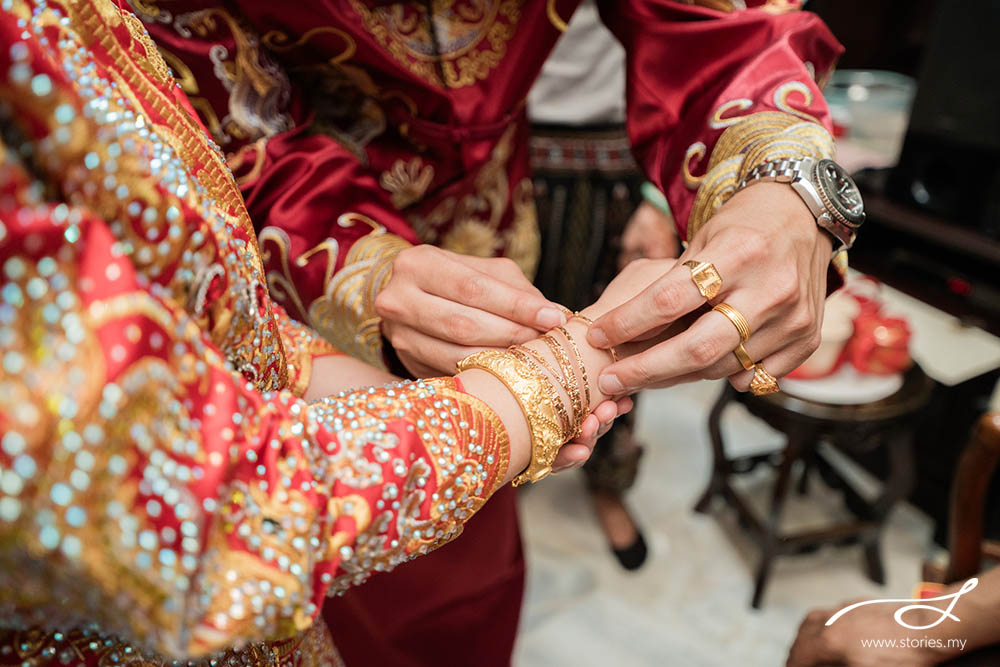
In Chinese culture, it is common to see the combination of dragon and phoenix. This combination signifies the perfect union (Yin and Yang 阴阳) between masculinity (symbolized by the dragon) and feminine beauty (symbolized by the phoenix). Other auspicious motifs like bats, clouds, goldfish, ducks and peonies are some of the commonly seen symbols on the Qun Kua. There is a certain way as to how the symbols are placed. Since bats are airborne they must appear higher up in the design composition; while goldfish, a symbol of abundance, swims in water so it goes near the bottom.
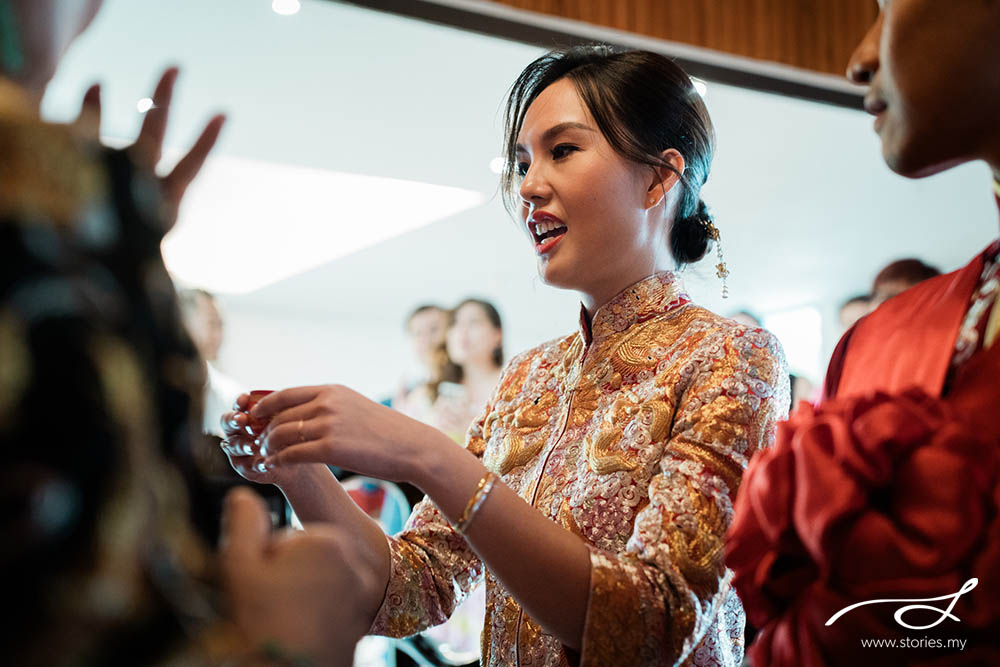
Generally, the base color of the Qun Kua is bright red which symbolizes prosperity. The intricate, auspicious motifs are then embroidered with gold and silver threads by hand of a skilled sifu or master. This is one of the main reasons why Qun Kua is very expensive and it takes anywhere between a few months up to a whole year to complete one set of Qun Kua.
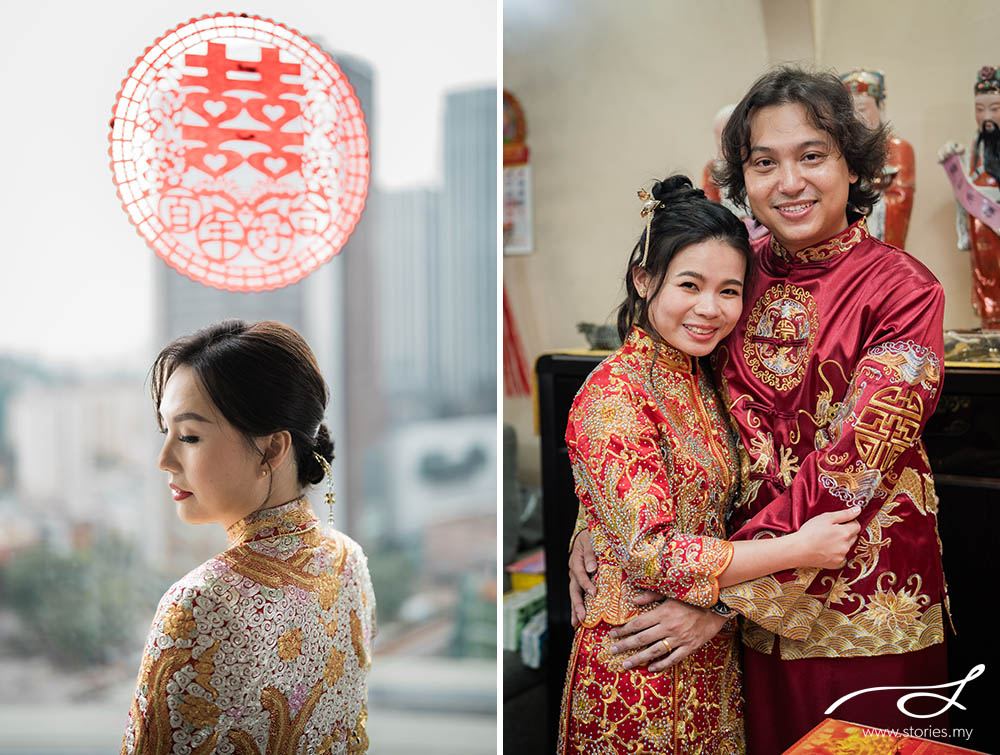
The common misconception is the Qun Kua is similar with the QiPao (旗袍), known also as Cheongsam. Only a bride can wear the two-piece Qun Kua during a wedding whilst the Qipao is a figure hugging one-piece that can be worn anytime. The designs of the Qipao can be unconventional with different colors and patterns but the designs on the Qun Kua are unalterable. Due to this, more modern brides are more inclined to the Qun Kua due to its symbolism and rich heritage. They do this as a tribute to their Chinese culture. Since the Qun Kua has such a significance, many brides wear it during the Chinese Tea ceremony. The skirt is designed to be loose which makes it more convenient to kneel down and get back up during the tea ceremony. The shape and cutting of the Qun Kua is more forgiving and fits most body shapes and sizes well.
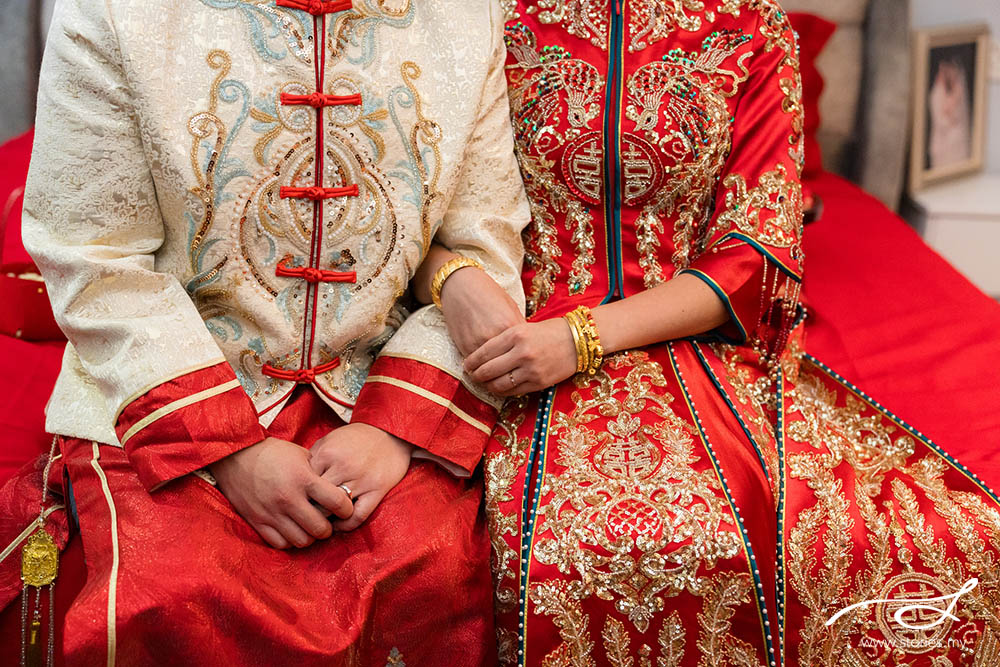
The traditional Qun Kua may include “children and grandchildren belts,” vertical brocade pieces sewn at the front of the dress which was believed to bring offspring to the new couple. Although many modern designs opt out of this feature, its inclusion can deepen the connection to the cultural heritage and familial aspirations. If the bride were to embrace the full tradition, it is essential to wear a red silk undergarment. This will envelop the bride in auspiciousness from the inside out, enhancing the ceremonial importance of the Qun Kua.
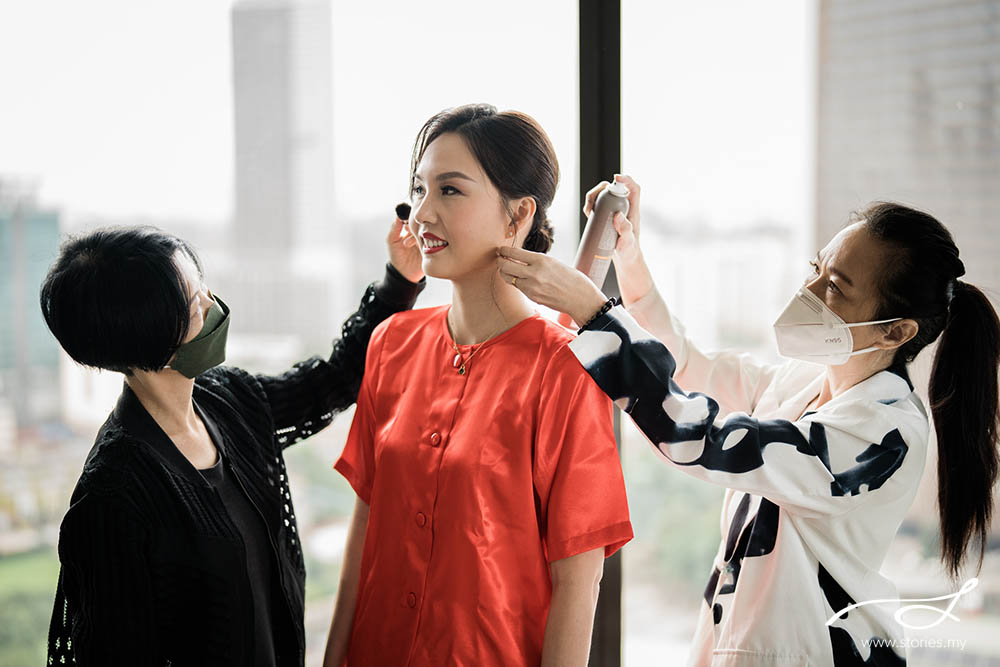
Having the bride’s mother help her get dressed into the Qun Kua is a beautiful tradition still observed nowadays — the mother is said to pass down her luck to her daughter. There are so many symbols, traditions and heritage that one wedding outfit can carry. We hope this article helps you see and appreciate the beauty of this timeless and elegant traditional Chinese wedding garment.

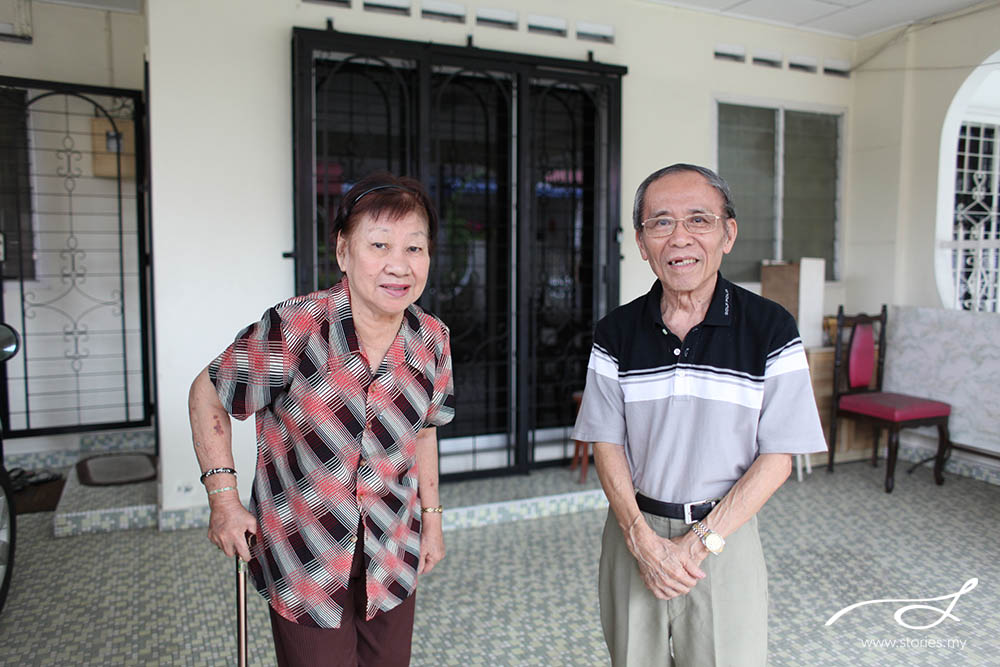 We value the things we once took for granted as we age. I wish my parents were still alive so I could take a beautiful portrait of them in their element. If I could do it again, I would photograph my mom in her kebaya holding a bakul sia filled with her homemade pineapple tarts, which she used to make every Chinese New Year. I would create a mini-video documentary of everyday life snippets, filled with stories from yesteryear.
We value the things we once took for granted as we age. I wish my parents were still alive so I could take a beautiful portrait of them in their element. If I could do it again, I would photograph my mom in her kebaya holding a bakul sia filled with her homemade pineapple tarts, which she used to make every Chinese New Year. I would create a mini-video documentary of everyday life snippets, filled with stories from yesteryear.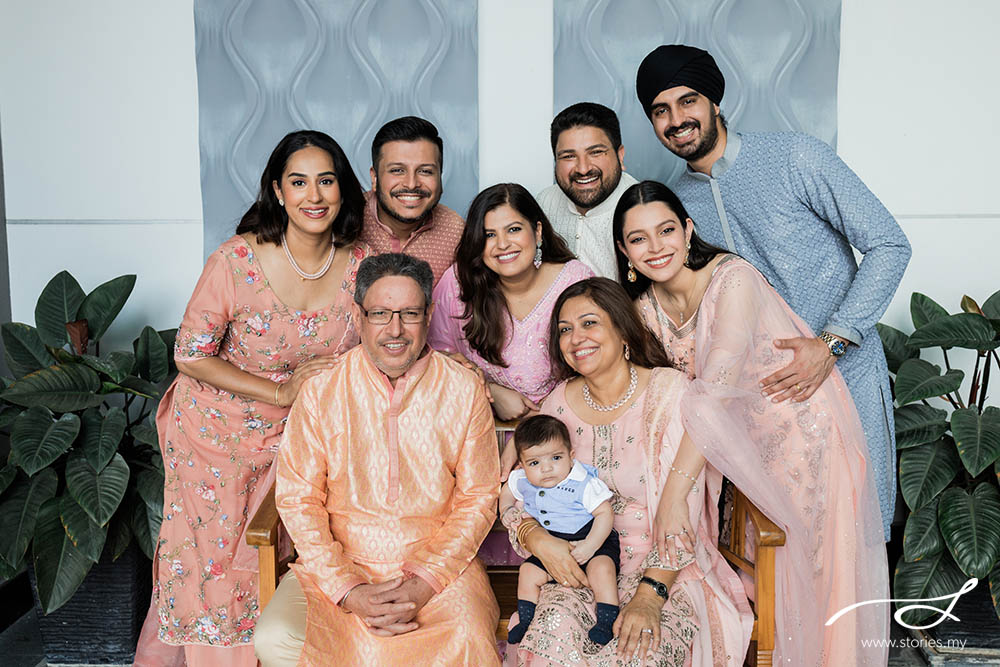
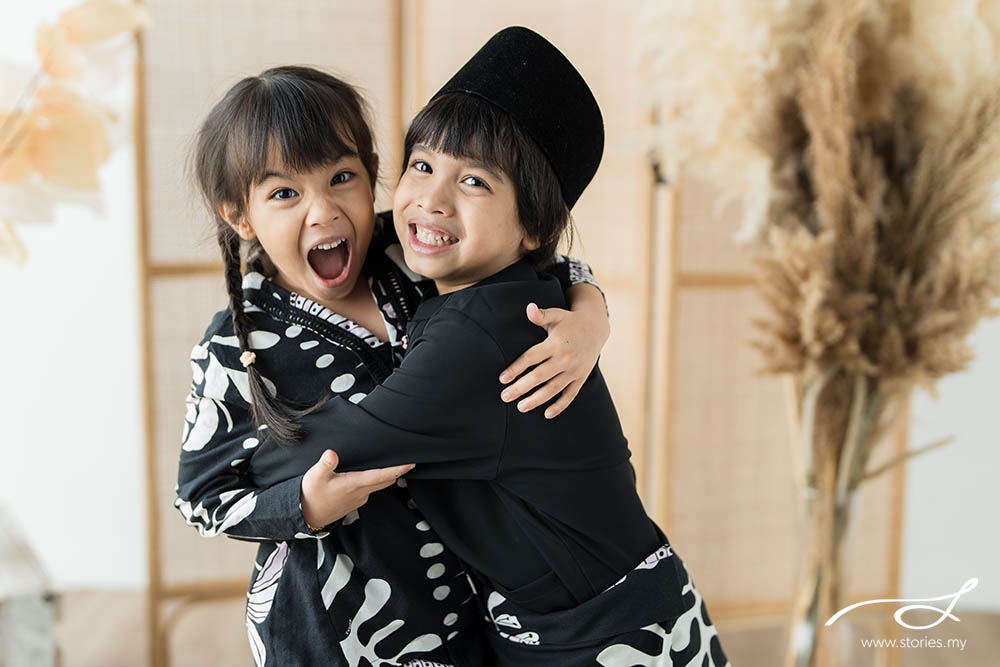
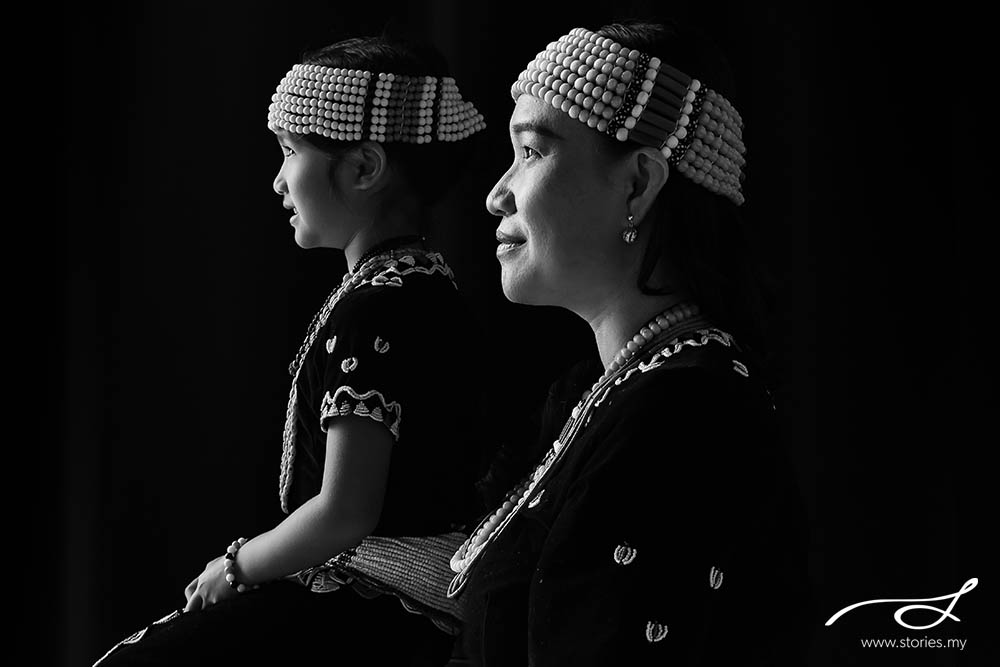 2. Locations
2. Locations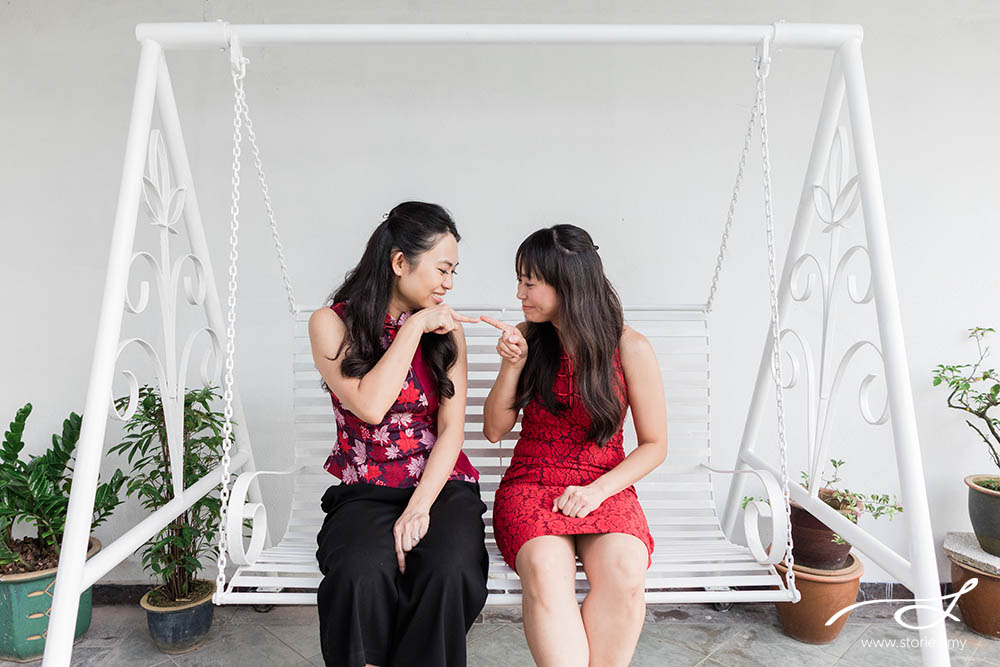
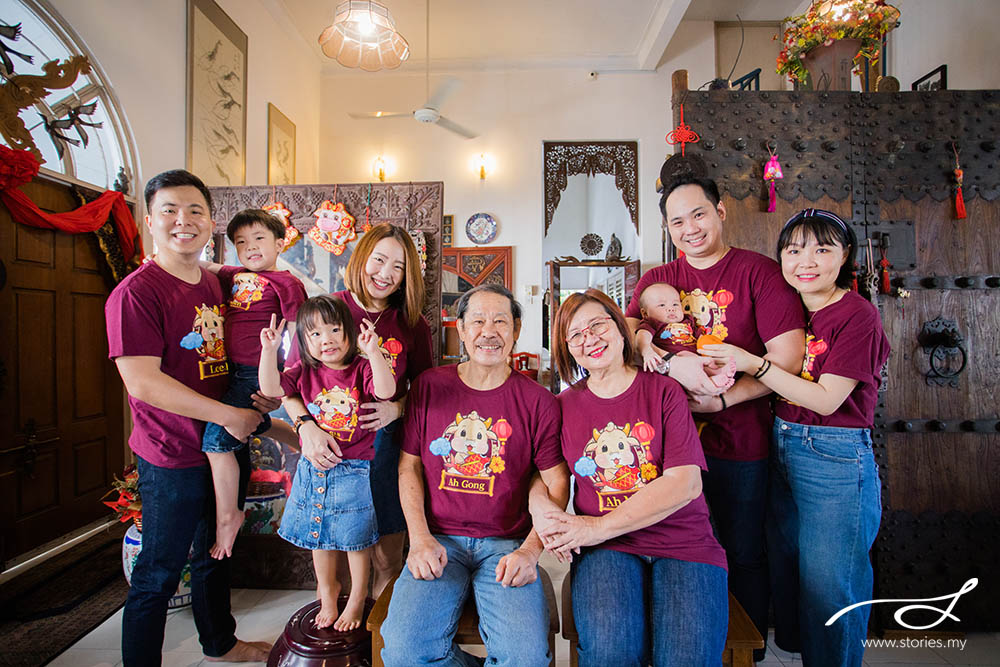 3. Props
3. Props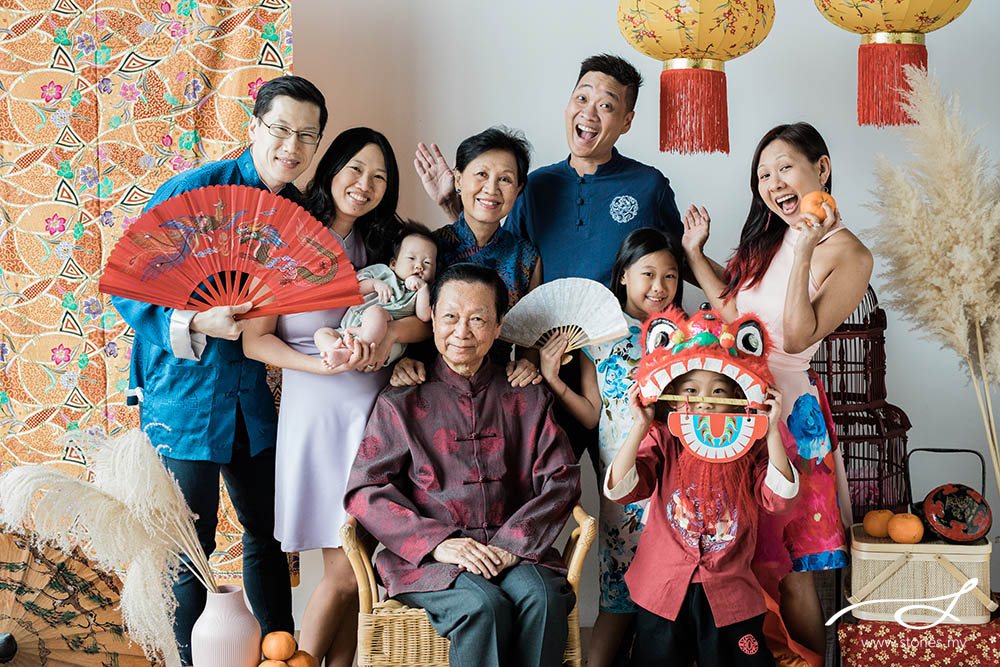
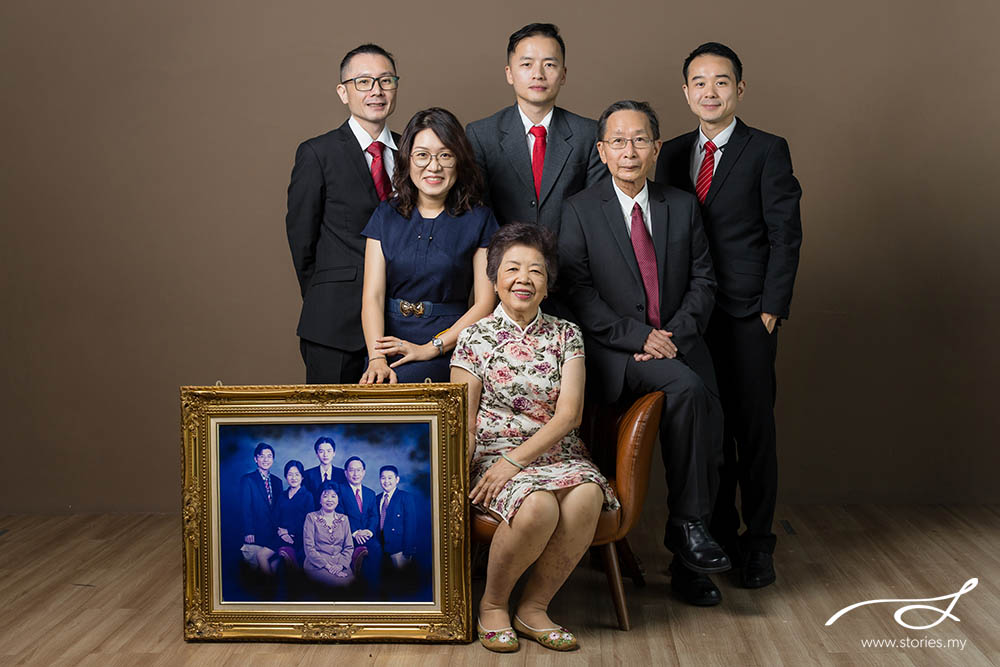 4. Extending the Shoot: Coffee Table Books and Family Videos
4. Extending the Shoot: Coffee Table Books and Family Videos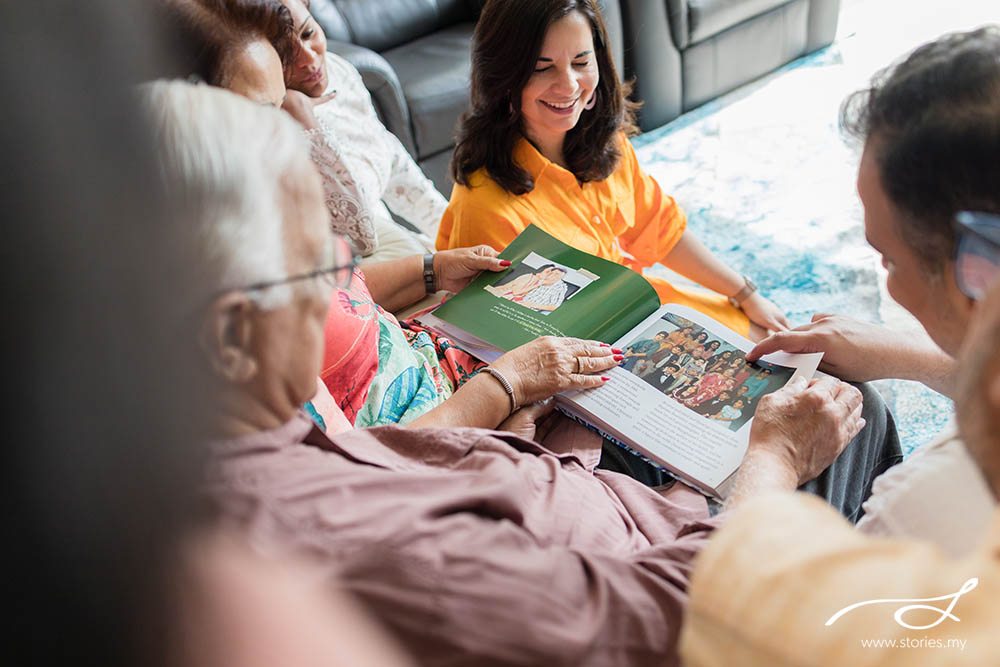
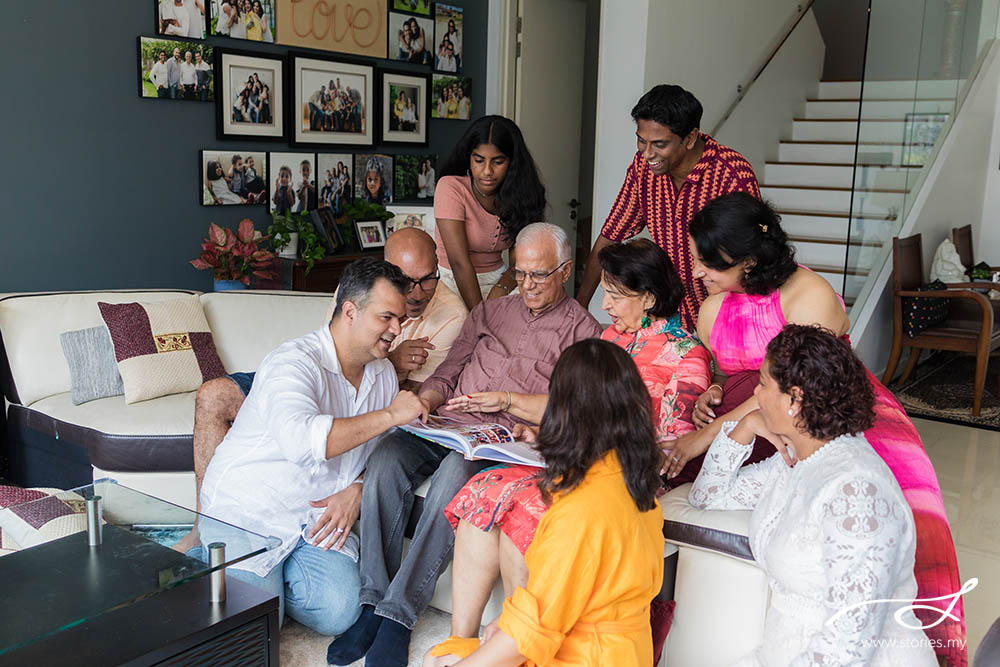
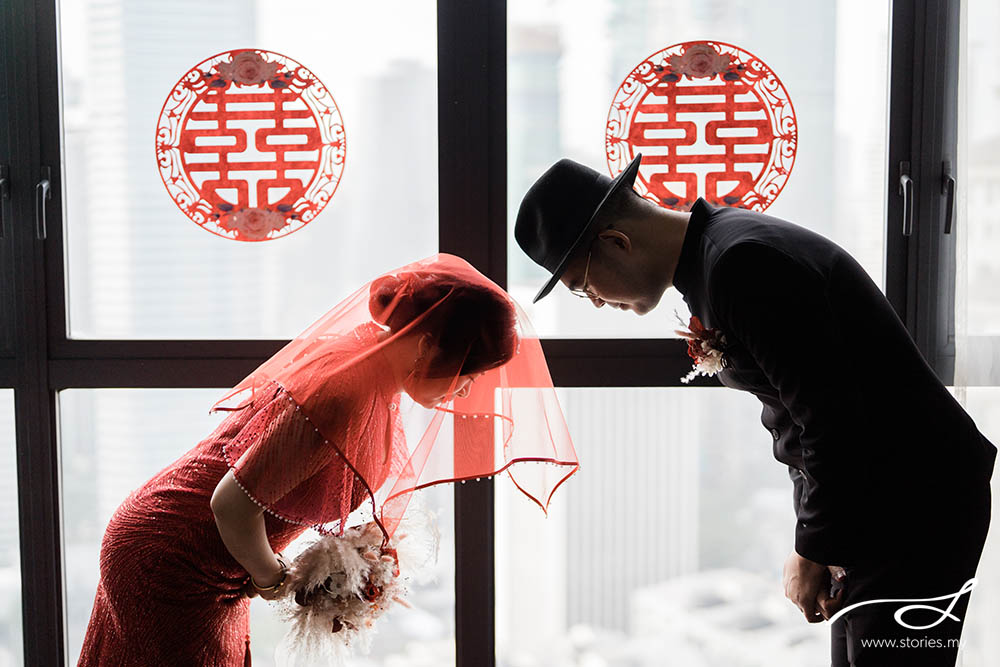
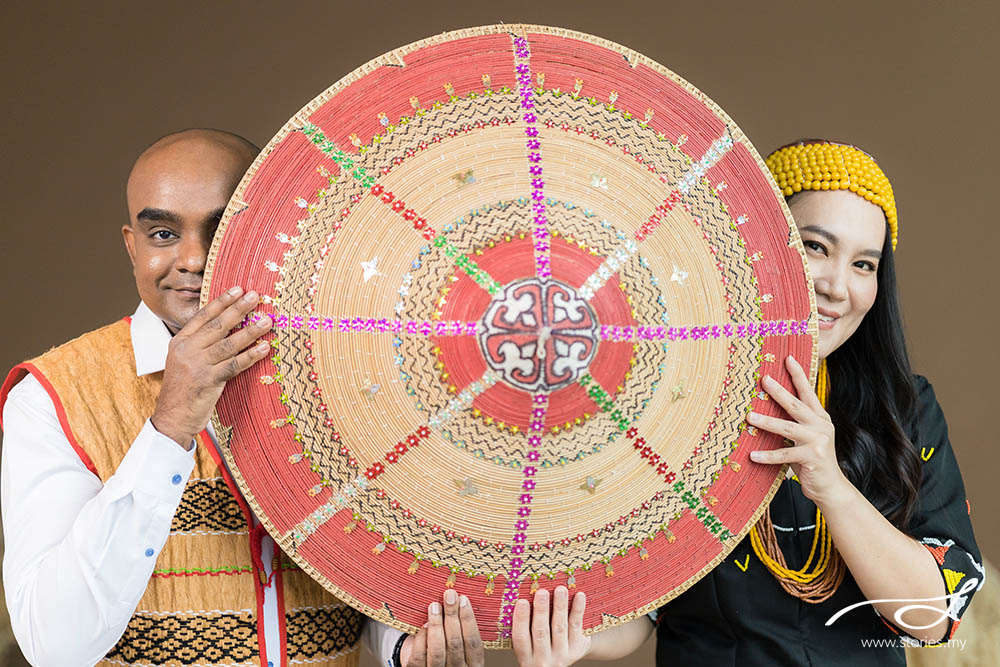
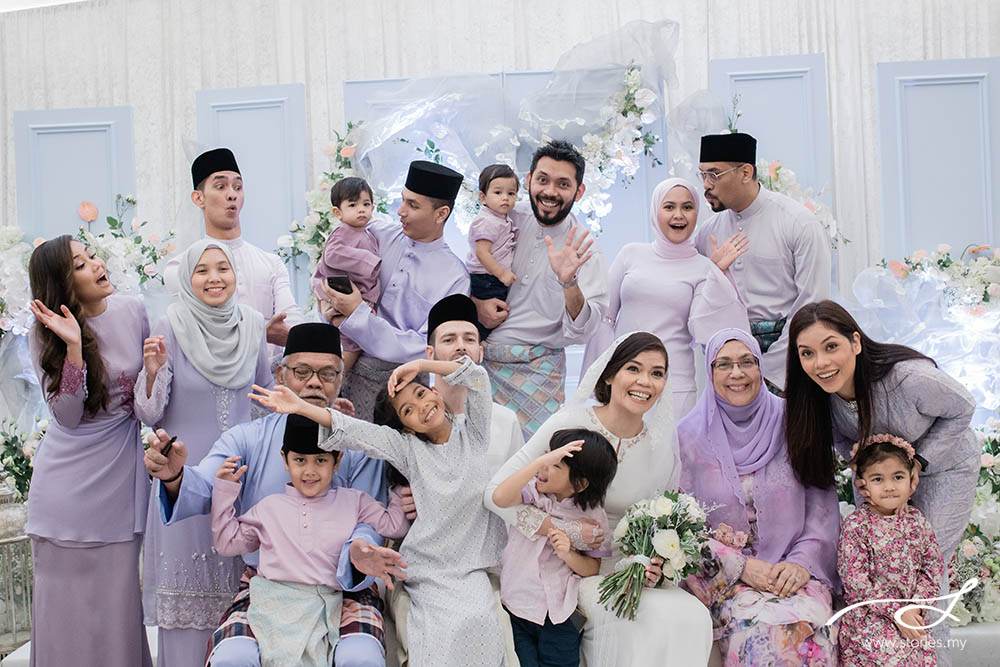

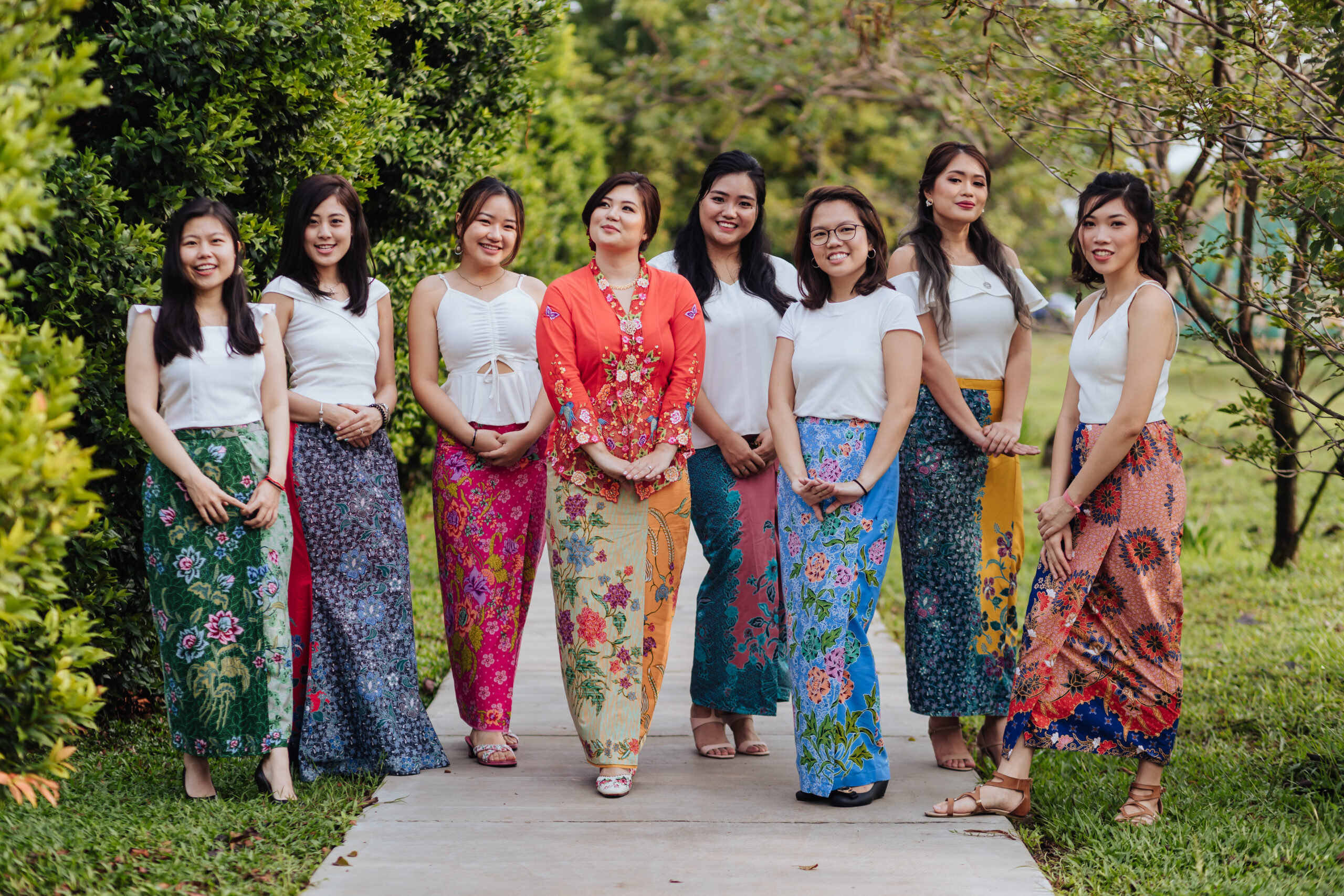 Unique Celebration
Unique Celebration
